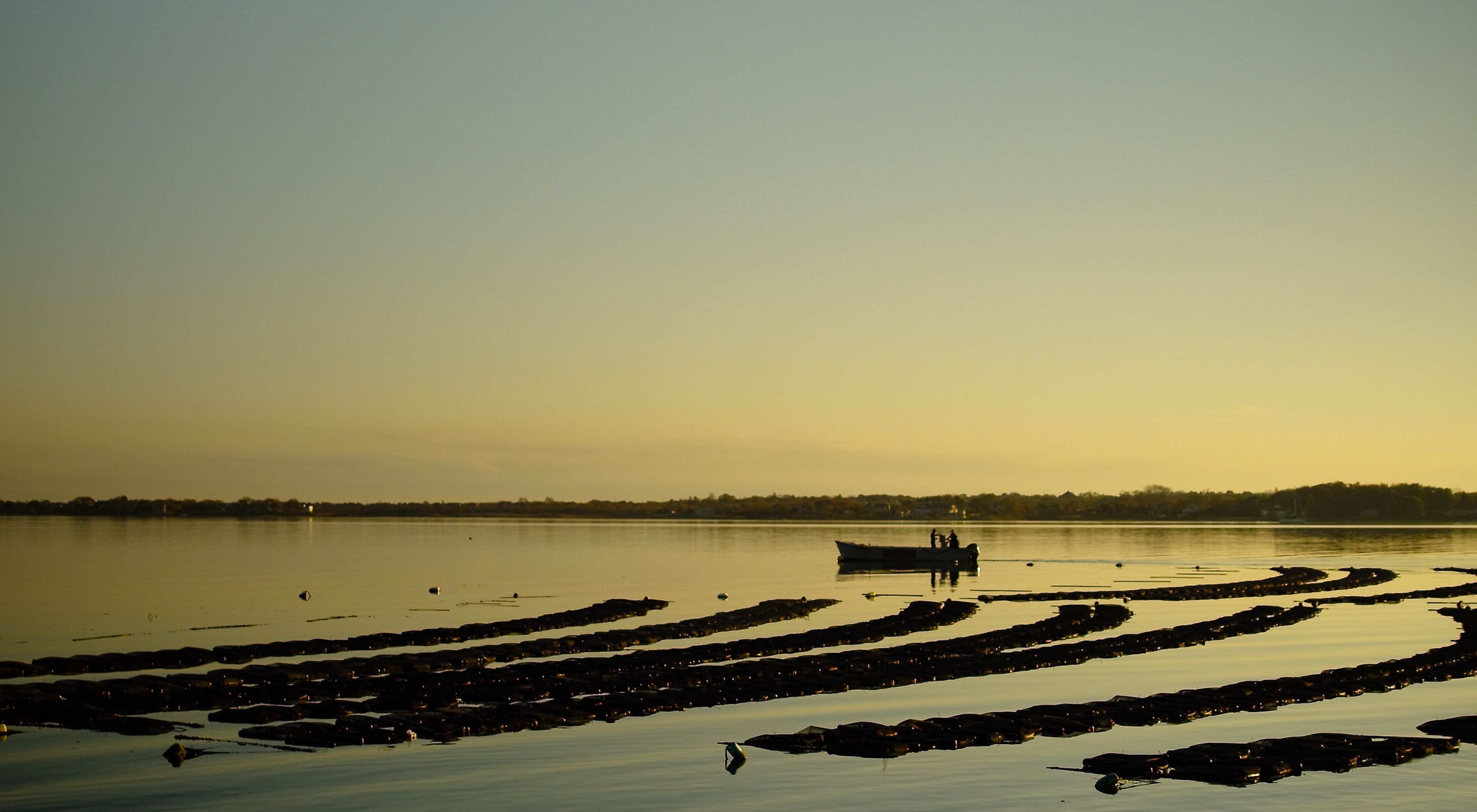Theuerkauf, S.J., Morris, J.A., Waters, T.J., Wickliffe, L.C., Alleway, H.K., Jones, R.C., 2019. A global spatial analysis reveals where marine aquaculture can benefit nature and people. PLOS ONE 14, e0222282.
Want to learn more?
Read the paper hereAbstract: Aquaculture of bivalve shellfish and seaweed represents a global opportunity to simultaneously advance coastal ecosystem recovery and provide substantive benefits to humanity. To identify marine ecoregions with the greatest potential for development of shellfish and seaweed aquaculture to meet this opportunity, we conducted a global spatial analysis using key environmental (e.g., nutrient pollution status), socioeconomic (e.g., governance quality), and human health factors (e.g., wastewater treatment prevalence).
We identify a substantial opportunity for strategic sector development, with the highest opportunity marine ecoregions for shellfish aquaculture centered on Oceania, North America, and portions of Asia, and the highest opportunity for seaweed aquaculture distributed throughout Europe, Asia, Oceania, and North and South America.
This study provides insights into specific areas where governments, international development organizations, and investors should prioritize new efforts to drive changes in public policy, capacity-building, and business planning to realize the ecosystem and societal benefits of shellfish and seaweed aquaculture.
